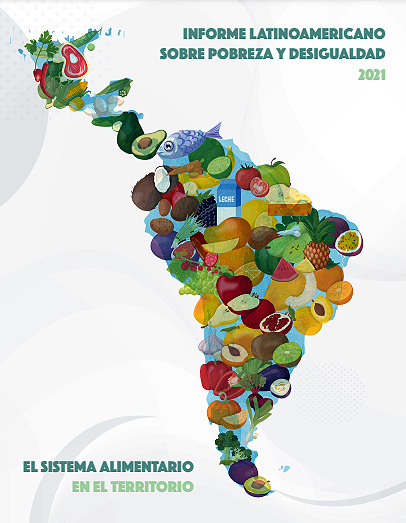Latin American Report on Poverty and Inequality 2021
The sixth edition of the Latin American Report on Poverty and Inequality 2021 – The Food System in the Territory – comes at a time when, following the outbreak of the Covid-19 pandemic, the outlook is even more challenging for the territories of the region.
On this occasion, in addition to presenting the progress made towards meeting the goals set out in the 2030 Agenda and the differences in between territories, the report focuses on the analysis of a subject that became more relevant during the health crisis given its high vulnerability: food systems.
To this end, and in order to understand how the pandemic has impacted territorial inequality, the first part of the report compares a set of indicators for a period before and after the outbreak of the pandemic. Thus, the publication provides information on poverty, health, education, economic dynamism and employment, income, citizen security and gender equality in the region, and exposes several current challenges in the face of the magnitude of territorial gaps within countries.
Subsequently, based on the application of the TEI (Territorial Equity Index) methodology to a set of indicators representing three dimensions of food system performance (food, socio-economic and environmental), the report assesses the capacity of territories to guarantee food security for their inhabitants, their contribution to the generation of inclusive employment opportunities and wealth, and their impact on the environment that sustains them.
Finally, to illustrate the heterogeneity of food systems in the region, the report presents case studies of five Latin American territories that present particular dynamics, challenges and advantages. It highlights the realities that lie behind the gaps and the interaction between the food system and territorial dynamics.
Our offices:
- Chile: Huelén 10. Providencia, Santiago, Metropolitan Region. (+56-2) 2236 4557 | Fax (+56-2) 2236 4558.
- Ecuador: Czechoslovakia E9-95 between Switzerland and Moscow. Eveliza Plaza Building. First floor. Quito. (+593-2) 5150144.
- Colombia: Carrera 9 No 72-61 Office 303. Bogotá. (+57-1) 2073 850.

